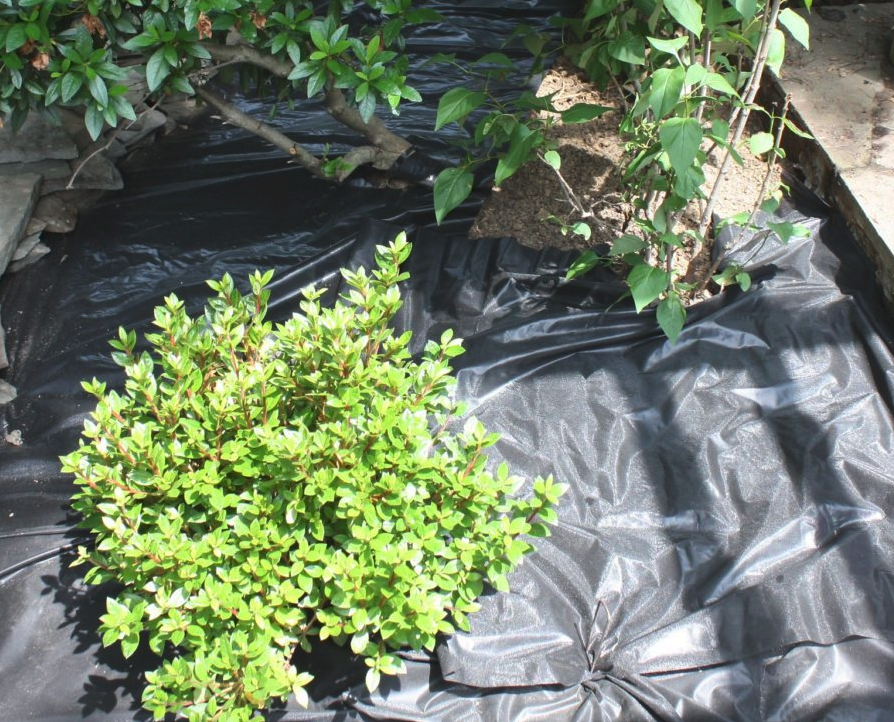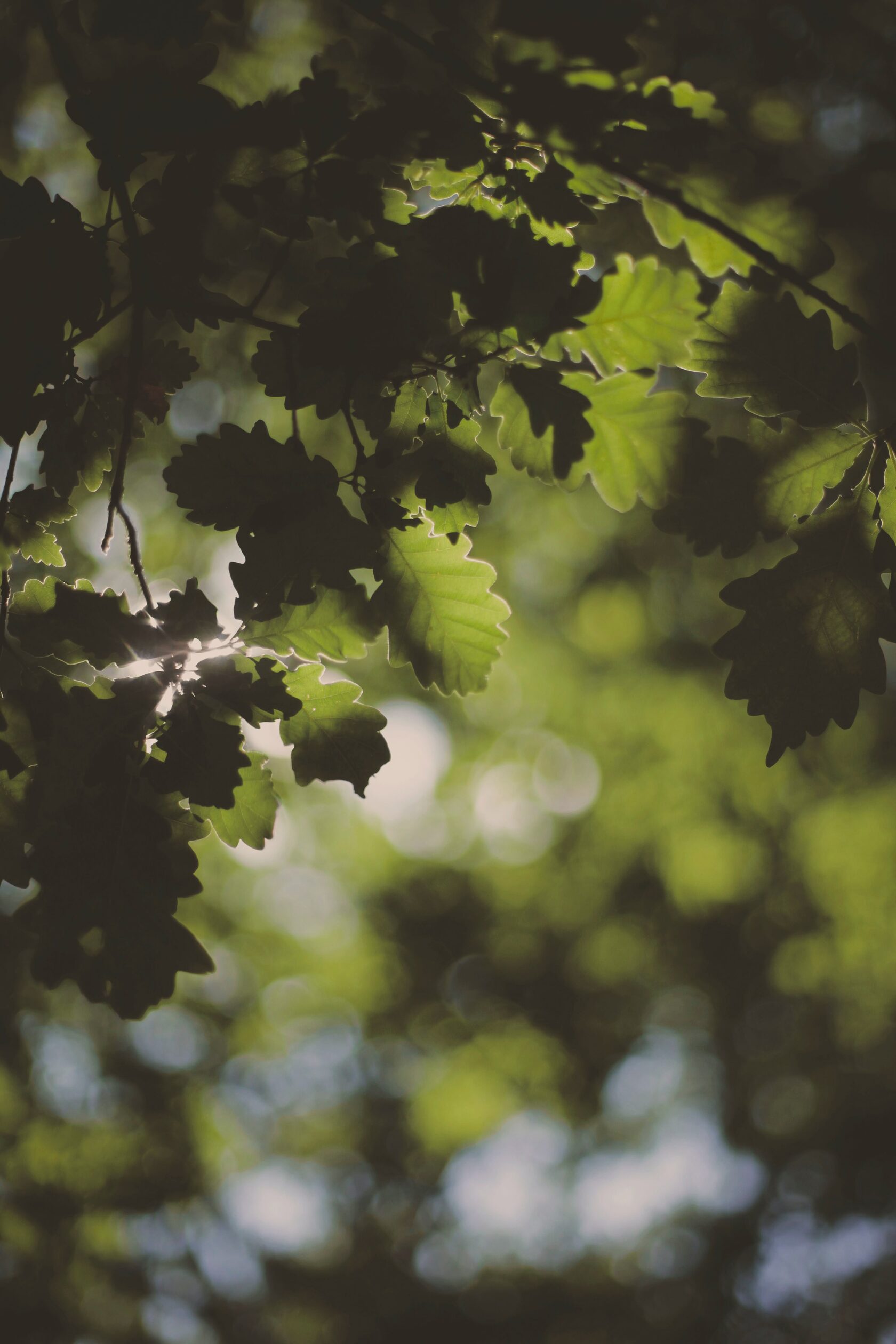Let me know what you think at teisenhart@yahoo.com. I also welcome your ideas for blog topics.
Top 10 Woody Plants
Who doesn’t love a Top 10 list? (David Letterman’s were the best, But I digress...) I came across a particularly useful list of ‘Top 10 Woody Plants in Ecosystems Gardening.’ These plants are distinguished by how many Lepidoptera (butterfly and moth species) they support. As the author notes, while they study used to generate this list focuses just on Lepidoptera, these plants support a host of other wildlife. Topping the list are Oaks, which support more than 500 species!
Take a look to learn more about the Top 10.
Is Fall a Good Time to Plant?
This is a question I’m frequently asked. And the answer is yes, for many reasons. Fall brings cooler temperatures and more rain, resulting in less stress for new plantings. Too, plants don’t have to contend with as many pests and humidity-drive diseases. And warmer fall soil temperature promotes root growth; in the spring, root growth is slower until soil warms to an optimal temperature.
A couple of caveats: even though we tend to get more rain in the fall, you still need to be diligent about watering (make sure the soil around new plantings is consistently moist to a depth of four to six inches). And you should plant six weeks before the ground freezes. Generally, mid-November is a safe planting deadline. This article provides helpful guidance on fall planting for different types of plants.
Small steps. Big Impact.
It’s easy to overthink things. Especially when it comes to making your landscaping more sustainable. That’s why I really like this graphically compelling guide from the Washington Post. In an easy to digest manner, it describes how most yards are ‘food deserts’ for pollinators and other wildlife. Then it shows incremental changes you can make to restore habit wildlife needs to survive. It’s a great resource to share with family or friends who may be ‘on the fence’ about native landscaping.
Revamping Your Lawn
After a hot dry summer, most lawns look pretty sad. That is, unless you devoted yourself to endless mowing, watering, weeding, fertilizing, etc. Given how much time, effort and resources it takes to keep lawns thriving, it may be time to consider some alternatives. One approach is to convert your turf to microclover. It’s low maintenance, drought tolerant and attracts pollinators. And you don’t have to totally ditch the lawn; you can overseed your existing lawn with microclover. Here’s an article that further explains the benefits of microclover and how to plant it.
The Dark Side of Landscape Fabric

No matter how diligent you are in removing weeds, a new crop appears virtually overnight. For weed-weary gardeners, using landscape fabric in their planting beds may seem like an ideal solution to conquer weeds once and for all. However, it can cause more problems than it solves. Landscape fabric prevents important nutrients plants need from entering the soil. And while these products are permeable, they tend to restrict water from soaking into the ground. That’s particularly problematic in drier areas of your garden. Landscape fabric will also prevent plants like Black-eyed Susan from sowing seeds. Here’s information on better ways to control weeds then landscape fabric.
